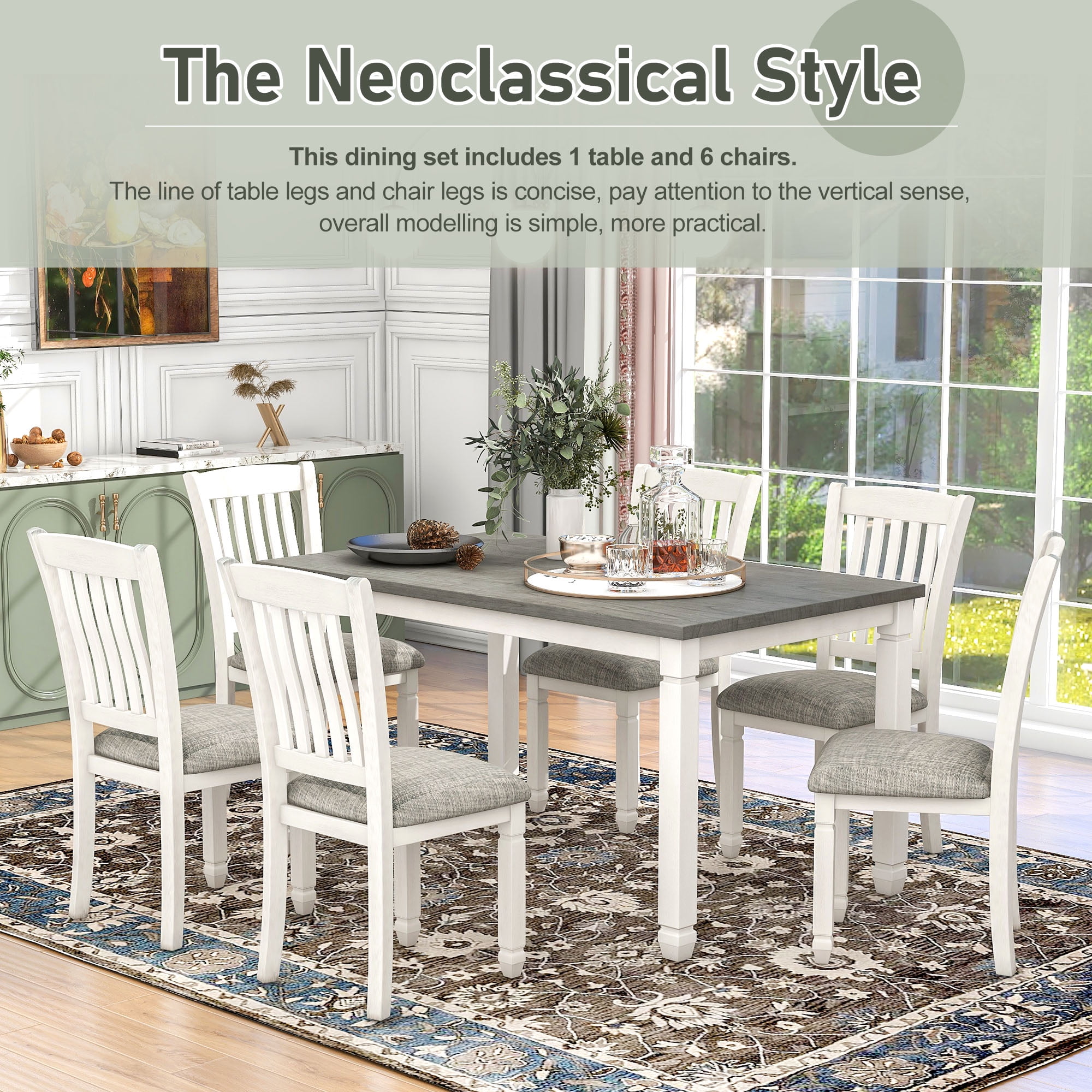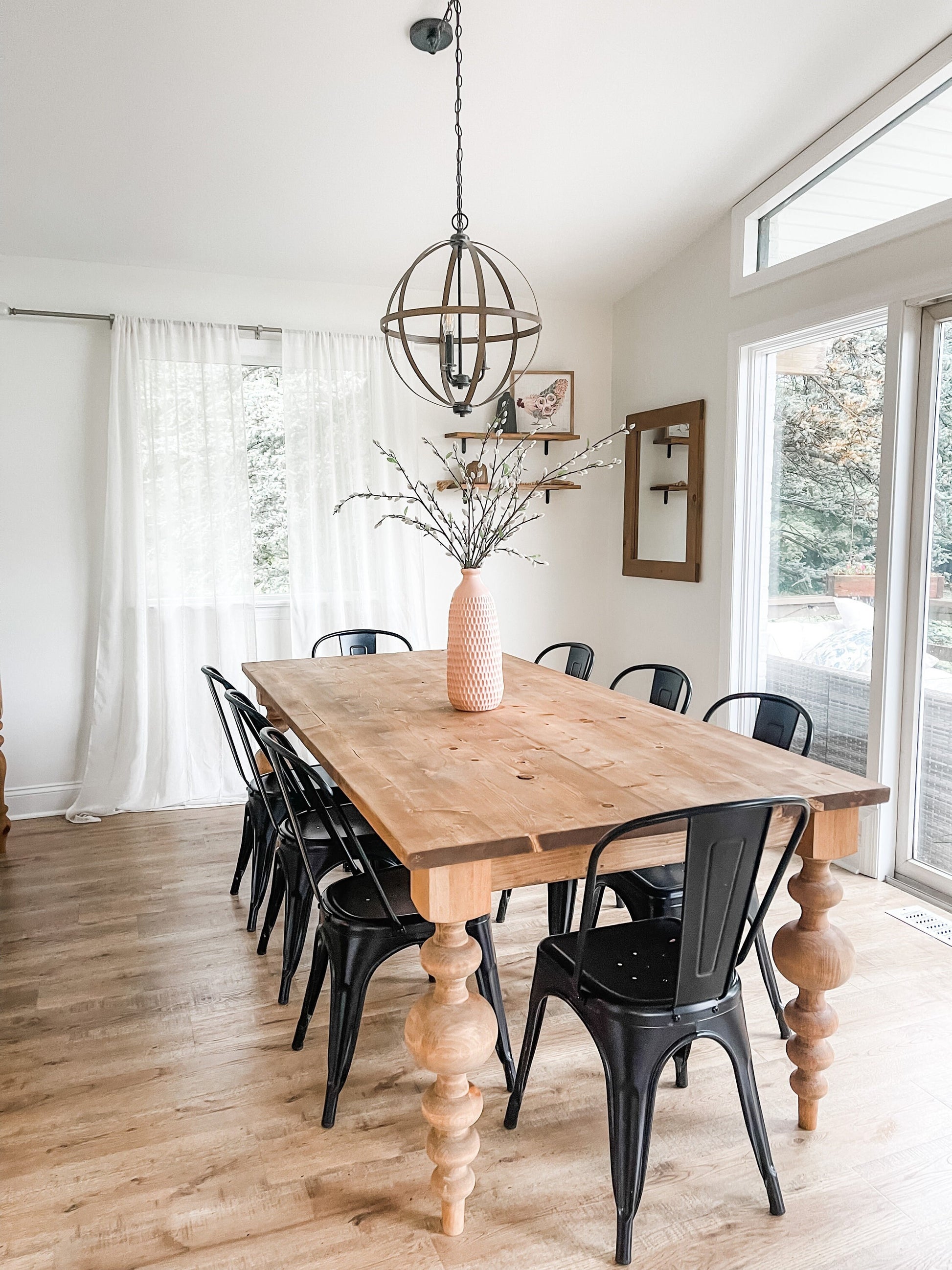How to Choose the Perfect Dining Room Table Legs for Your Home
How to Choose the Perfect Dining Room Table Legs for Your Home
Blog Article
Exactly How to Pick the Perfect Dining Area Table Legs for Your Home Décor
Choosing the optimal dining-room table legs is a nuanced procedure that requires mindful factor to consider of numerous aspects, including your area restrictions, aesthetic choices, and functional needs. The interplay between materials, measurements, and designs can significantly affect the setting of your dining area, making it important to approach this choice methodically. As you contemplate the myriad options offered, it ends up being clear that the best option expands past simple look; it can boost your overall dining experience. What elements should you focus on to ensure your choice complements your home's unique personality?
Assess Your Dining Space
Evaluating your dining space is crucial for choosing the right table legs that match both aesthetics and performance. Begin by measuring the measurements of your eating area, including ceiling height, floor room, and distance to various other furniture. This details will certainly aid identify the suitable size and elevation of your table, which straight influences the choice of table legs.
Next, consider the style and format of your eating room. As an example, an open-concept design might gain from table legs that supply visual lightness, such as slender metal or acrylic options. Conversely, an extra standard setup might require tough wood legs that provide a feeling of permanence.
Assess the existing color scheme and materials in your eating area. Balancing the table legs with these aspects creates a cohesive appearance that improves the overall decoration. Additionally, consider the performance called for in your area. If you frequently hold big celebrations, think about legs that give extra support and security.
Ultimately, a complete analysis of your dining space will lead you in making an educated choice, making certain that your table legs not just improve the visual charm yet additionally offer functional purposes.
Consider Your Design Preferences
When picking eating room table legs, it is essential to mirror on your individual style choices, as they dramatically influence the general visual of your eating room. Your option of table legs can either enhance or comparison with existing decoration, making it important to straighten them with your recommended interior decoration theme.
If your home leans towards a modern-day visual, consider smooth metal or minimal wooden legs that offer a tidy, clean appearance. For an extra standard strategy, elaborate wood legs with complex carvings can add a touch of style and class. Industrial styles take advantage of durable, basic materials such as reclaimed timber and metal combinations, mirroring a rugged appeal.
Additionally, farmhouse and rustic designs usually favor strong, beefy legs that stimulate a feeling of warmth and comfort. Alternatively, if your decor is diverse, you might pick unconventional forms or a mix of products to produce visual passion.

Evaluate Product Options
The selection of material for dining space table legs plays a pivotal function in both longevity and visual appeal. Usual products include timber, metal, and composite choices, each offering distinctive attributes that can influence the overall appearance and long click to investigate life of your table.
Timber is a classic choice, understood for its heat and flexibility. Hardwoods like oak and walnut offer outstanding toughness and can be ended up in various stains to match any type of design. Nevertheless, softwoods like pine are more vulnerable to scrapes and damages, making them much less perfect for high-traffic locations.
Metal legs, typically crafted from steel or aluminum, exhibit modernity and commercial beauty. They are immune and highly sturdy to use, making them suitable for households with children or constant gatherings (dining room table legs). Additionally, steel can be finished in numerous shades, enhancing the modification possibilities
Composite materials, such as MDF or laminate, offer price and varied designs. While commonly much less resilient than solid wood or steel, they can still provide a stylish appearance and are often simple to keep.
Inevitably, the product you select must straighten with your way of living, aesthetic preferences, and the level of use your eating table will experience.
Determine Elevation and Size
Selecting the ideal elevation and dimension for your eating area table is important for both capability and comfort. The standard elevation for dining tables usually varies from 28 to 30 inches, allowing sufficient legroom for most people when seated. It is essential to consider the dimensions of your dining area and the types of chairs you intend to make use of.

Moreover, consider the proportions of your eating space. A larger table in a large area can develop a grand ambiance, while a smaller sized table functions well in more intimate settings. Ultimately, the best elevation and size will balance with your overall style and improve the eating experience for you and your visitors.
Explore Modification Possibilities

Additionally, the layout of the legs can be personalized to fit numerous designs, such as rustic, modern, or industrial. explanation As an example, tapered legs can stimulate a mid-century modern feel, while beefy, block-style legs may resonate with standard or farmhouse decor.
House owners can also check out shade surfaces, from all-natural wood stains to repaint, enabling them to match or contrast with the tabletop and surrounding design.
Moreover, leg elevation can be gotten used to suit certain seating setups or individual preferences, improving both convenience and functionality.
Lastly, one-of-a-kind decorations, such as carvings or ornamental brackets, can even more individualize the table legs, making the dining experience not simply a dish yet a statement piece in the home. By considering these modification options, home owners can produce a dining-room table that really mirrors their individuality.
Final Thought
Selecting the excellent dining-room table legs needs mindful consideration of various variables, consisting of the measurements of the eating space, design choices, material durability, and preferred elevation. Personalization options further improve the capability to attain a natural aesthetic that complements the general decor. By systematically evaluating these next components, homeowners can make certain that the picked table legs not only meet practical requirements however likewise add positively to the dining experience and ambiance of the home.
Choosing the suitable dining room table legs is a nuanced process that requires cautious factor to consider of numerous elements, including your space restrictions, visual choices, and sensible requirements.Examining your eating space is essential for choosing the right table legs that enhance both aesthetics and performance.When identifying dimension, determine the area where the table will certainly be placed to ensure it fits comfortably, allowing for at least 36 inches of clearance around the table for easy movement. A larger table in a sizable location can produce a grand ambiance, while a smaller table works well in even more intimate setups.Choosing the optimal dining room table legs calls for cautious consideration of various factors, consisting of the dimensions of the eating room, design preferences, product sturdiness, and desired elevation.
Report this page